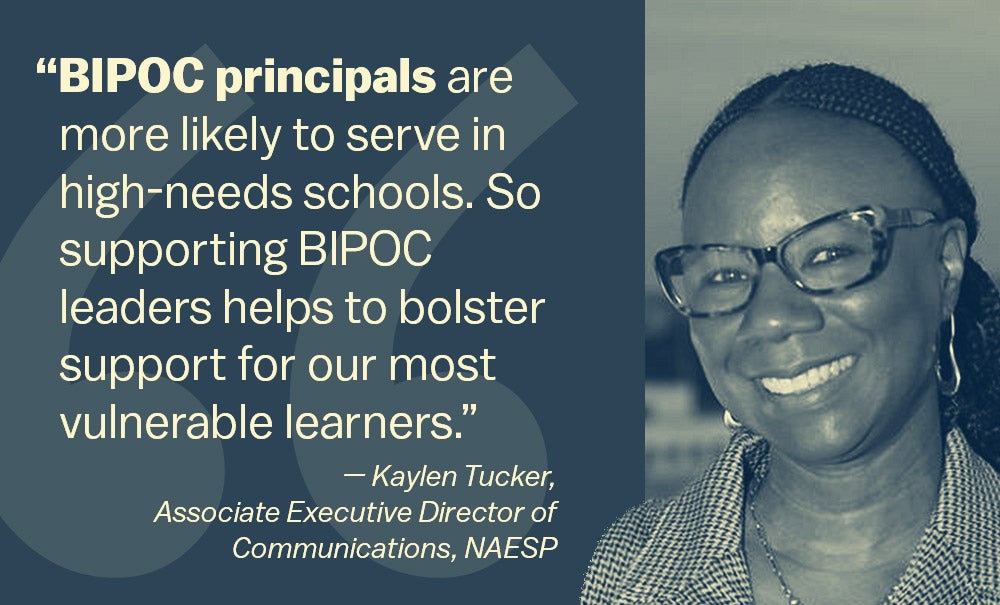Schools were created for learning—from young kids mastering their ABCs to high-school students developing career skills and everything in between. A new Education Week series shows just how much principals are learning too.
In the recent special report “Principals Under Pressure,” school leaders spoke candidly about the most challenging parts of the job—which Education Week argues is the most demanding and complex in the K-12 system: “Six issues came up, over and over,” the series cites, “Safety, student mental health, dealing with toxic employees, handling the complex needs of special education students and their families, holding on to the best teachers, and time management and work-life balance.”
Over the years we’ve learned the extent to which high-quality principals are vital to the effectiveness of schools. But Education Week’s articles underscore just how challenging the principalship can be, and point to a need for better preparation and support to help principals face the real-world demands of the job.
According to a 2016 survey, many district and university leaders agree that most university-based preparation programs have not adequately prepared principals for today’s challenges. To test how these training grounds can change to better prepare future leaders, we launched the four-year University Principal Preparation Initiative in 2016. Seven universities are seeking to redesign their programs to reflect the research on what constitutes high-quality principal training. A key aspect of the redesign is immersing principal candidates in school life. The participating universities are boosting internships and field experience to offer genuine leadership experience, and they’re closely tying these real-world experiences to what’s taught in courses.
Importantly, the universities are doing this work through partnerships. Partnerships between principal training programs and school districts are rare, but they can help training programs respond to district needs and are essential to high-quality instruction. Each university training program in the initiative has partnered with at least three school districts that hire its graduates, a state education office and a mentor university training program.
At the outset of the initiative, the universities worked with their partners to agree upon expectations for their graduates. They examined their current programs to identify strengths and weaknesses, and then they mapped their goals and strategies. Curriculum changes vary by the university but include an emphasis on special education and instruction in building school culture—two issues closely related to the top challenges identified by Education Week. RAND Corporation recently released its first of three reports on the initiative, Launching a Redesign of University Principal Preparation Programs, which looks at the initiative’s implementation and suggests that this type of redesign process is doable.
University programs are just one piece of the pipeline to help principals lead effectively. Since 2011, our Principal Pipeline Initiative has been testing whether district-managed principal pipelines can produce large corps of principals who can improve teaching, learning and student achievement in schools. We’ve been working with six large, urban school districts across the country to help them develop strong principal pipelines by improving principal training, hiring and on-the-job support and evaluation. Independent studies have found that building principal pipelines is feasible and affordable, and forthcoming reports will offer more about the impact on student achievement and school improvement.
We’ve also been working to improve the support principals receive while on the job through our Principal Supervisor Initiative. As part of this work, six districts are shifting the principal supervisor role from a focus on operation and compliance to a focus on developing principals to be effective instructional leaders. Thus far, the districts have reported that principals were able to develop more productive relationships with their supervisors and a study of their efforts demonstrates the feasibility of making substantial changes to the principal supervisor role.
Clearly, principals have a tough job—and the role is changing rapidly to meet increasing the demands on school leaders. Better preparation and support can help school principals navigate the challenges they face every day and ensure that they are continuously honing their own skills too.




